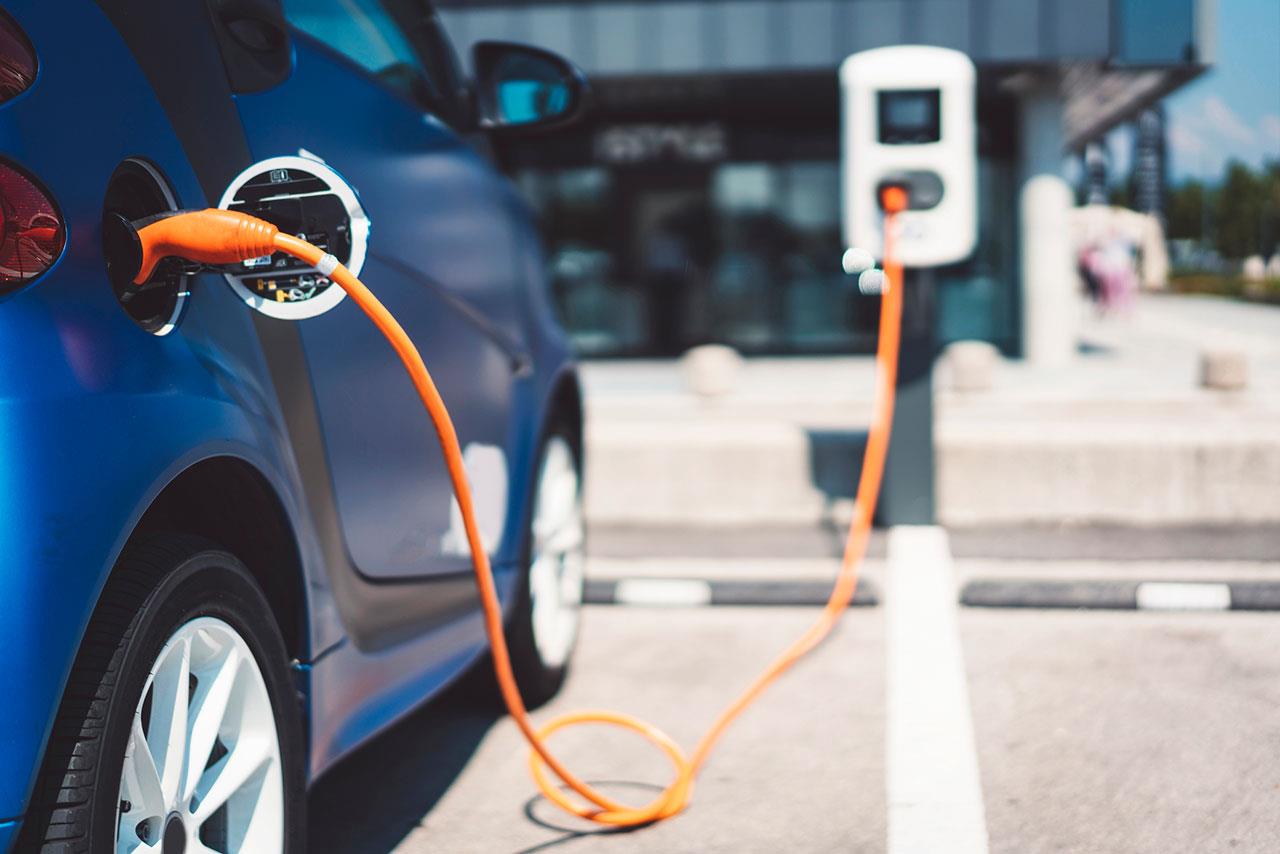
The lack of universal regulation is proving to be a challenge in the realization of globally connected services in electric vehicles. Carmakers and technology providers are working with different requirements across borders.
Ten million electric cars were on the world’s roads in 2020. It was a pivotal year for the electrification of mass-market transportation. Sales of electric cars were 4.6% of total car sales around the world. The availability of electric vehicle models expanded. New initiatives for critical battery technology were launched. And, this progress advanced in the midst of the Covid-19 pandemic and its related economic downturn and lockdowns.
Here are four of the issues we face:
1. Inadequate charging infrastructure
Compared to traditional petrol stations, charging stations are harder to find, normally limited by investment costs and difficult infrastructure development. The cost of installation – from $2,500 for a slower charger to $35,800 for a fast charger – plus miscellaneous fees, such as permits and regulations, have made charging stations an expensive investment. Furthermore, enabling people to charge where they usually park, at home or at work, has its own challenges, such as dealing with multi-tenant buildings, grid-connection management, and charging slot availability. This results in a smaller network of functional charging stations and has deterred consumers from making the switch to EVs.
2. Risk of grid overload
Power grids are already strained as we deal with a greater RE share and the challenge of a more intermittent energy supply. Increased adoption of EVs adds further electricity load, potentially requiring new investment in grid infrastructure to meet this increased demand. Forecasting when and where this power is needed is a further challenge faced by utilities and power generators as they grapple to understand the rapidly growing EV market. However, there is a lower risk of grid overload if EVs were to be charged during off-peak hours – that is, late at night or early in the morning.
3. High-carbon grid profile
Grey electricity grids, with their high reliance on fossil fuels, decrease the effectiveness of EVs as a way for firms and consumers to cut their emissions. Therefore, it is crucial to decarbonize the grid as much as possible to convince buyers that their switch to an EV is worthwhile and reduces carbon emissions.
4. Finite critical minerals and rare earth metals
There is no shortage of these resources underground, but rather a concern as to whether they will be extracted sustainably, in line with social responsibility governance, and in time to meet demand. It is anticipated that there will be a shortage of nickel and challenges in scaling up lithium production. This supply shortage may also cause manufacturers to use lower-quality mineral inputs, adversely affecting battery performance.
Advances in technology can help mitigate these challenges
Technology will play a significant role in enabling charging and grid infrastructure and maintaining a steady supply of critical minerals to support the widespread adoption of EVs at an affordable cost.
1. Smart and flexible charging
Cars are normally idle 95% of the time. Smart and flexible charging technology utilizes unused power from car batteries to provide additional electricity supply to the grid during times of peak demand or, in some cases, just intelligently pauses or reduces charging power. Conversely, it enables consumers to recharge during off-peak hours, at one-third or less of the peak-hour charging price, thus reducing grid congestion during peak hours and cost for consumers. By allowing EV owners to schedule charging based on power constraints, price, and priority, and to sell unused power back to the grid, the charging system can better anticipate sudden peaks in electricity demand. The technology also enables the grid to increase capacity, serve the increased demand for electric vehicles at a lower cost to consumers, reduce grid system stress and avoid energy price surges.
2. Smart energy management for effective EV load management
Energy management systems orchestrate the generation assets (such as solar or wind power installations) and demand assets (such as EV chargers, heating and cooling systems, and lighting) of an energy system on an integrated digital platform. This allows real-time monitoring of asset health and performance via the Internet of Things (IoT) connectivity and AI-driven algorithms, which in turn maximize renewable energy consumption, thus reducing operational costs and system investments. It also allows EV and stationary storage to be co-optimized with other assets connected to the grid, providing additional grid stability services compatible with local renewable energy resources, to balance the load and ensure steady energy supply and stable market prices.
3. Battery monitoring, analytics, and recycling
AIoT-enabled battery monitoring and analytics for EVs and stationary storage enable predictive maintenance and usage optimization that can extend battery lifetime, helping reduce the need for new batteries and supply chain pressure. Furthermore, data can support better decisions on when to repurpose or recycle batteries and identify individual cells that are damaged (vs scrapping the entire battery pack) thus simplifying and optimizing the recycling of lithium-ion batteries.
The way forward
With the transition to EVs well underway, fueled by rising environmental concerns, government legislation, and financial incentives, the challenges presented by this shift are only increasing. Fortunately, together with other hardware, manufacturing, and supply chain solutions, AIoT-assisted technology enables us to overcome many challenges. Smart charging technology improves charging infrastructure and customer experience. Smart energy management improves EV and stationary load management, reducing the risk of grid overload, and enabling greater consumption of renewable energy. Battery monitoring, analytics, and recycling mitigate supply shortages faced by rising demand for the needed battery minerals by extending lifetime and reusability.
With the global drive to reduce emissions, coupled with technologies expediting the electrification of transport, more countries will follow Germany and other nations in banning sales of combustion engine vehicles. Knowing that the ban could be enforced as early as 2030.
Source:
i) We forum(2022) The EV revolution obstacles and solutions




